Challenges of Digitalizing the Work of CRAs
Published: 04.16.2024
Obstacles on the Path to Digitizing Clinical Monitoring
What are the tasks of clinical monitors?
Clinical monitors, or Clinical Research Associates (CRAs), play a key role in clinical trials. They ensure compliance with the study protocol, Good Clinical Practice (GCP), and regulatory requirements concerning drugs and medical devices. To do this, they review source documents such as patient records and protocols on-site at study centers. This process, known as source data verification (SDV), safeguards patient safety and data integrity.
CRAs also serve as a crucial link between study sites and sponsors or contract research organizations (CROs). Much of their work involves reporting to project managers and informing investigators about their responsibilities during the clinical trial. Therefore, CRAs must be deeply familiar with the study project, understand applicable laws and regulations, and have a solid medical background to clearly explain all procedures.
Latest Whitepaper
How the pandemic affected monitoring in clinical trials
The COVID-19 pandemic significantly impacted the working conditions of clinical monitors. Many study centers closed during the first lockdown, on-site visits were canceled, and clinical trials were delayed or even halted. This shift created uncertainty for many freelance CRAs, some of whom opted for permanent positions with pharmaceutical companies.
The pandemic also posed challenges for the industry: How should clinical trials be conducted during lockdown while ensuring patient safety and data quality? In response, the German regulatory authorities BfArM and PEI released additional guidance aligned with the EU’s "Guidance on the Management of Clinical Trials during the COVID-19 (Coronavirus) Pandemic."1
For source data verification, the following measures were proposed:
-
Cancellation or postponement of scheduled monitoring visits
-
Extended intervals between on-site visits
-
Switching to study centers less affected by the pandemic
-
Provision of anonymized copies of source documents to monitors by the study centers
-
Controlled remote access to source data management systems
-
Passive monitor access to source data via live video feeds from the center
Remote monitoring in clinical trials: Benefits and digital solutions
Remote monitoring refers to overseeing and reviewing study data and activities from a distance. Electronic systems and technologies allow CRAs to conduct remote SDV (rSDV) and source data reviews (rSDR).
This approach leverages various digital tools and platforms to simplify access to clinical data and enable efficient review of source documents, protocol compliance, and other study-related activities. Tools include web-based study management systems, electronic study documentation, and communication platforms for exchanging information with the study centers.
Remote monitoring enables real-time oversight of clinical data, which allows for quicker detection of potential issues or inconsistencies. It also helps CRAs save time and travel expenses since they don’t need to visit the centers as frequently to check the data. High-quality data management becomes easier when relevant systems are integrated into one platform.
Furthermore, study teams benefit from remote support and guidance from CRO experts. Continuous contact through digital channels fosters collaboration and allows for immediate feedback on center performance and protocol compliance.
What are the barriers to digitalizing clinical monitoring?
The COVID-19 pandemic clearly revealed the limits of existing monitoring structures and digital capabilities. Many saw this as a wake-up call and an opportunity for clinical research. However, significant changes in clinical monitoring remain rare. Although the growing availability of digital source data supports rSDV, inconsistent or missing legal frameworks make the approval and implementation of remote procedures nearly impossible. This became evident during the pandemic:
-
Remote access to source documents was only allowed in justified, exceptional cases and within a strictly necessary scope
-
Only the most essential information was reviewed digitally
-
Anonymized or pseudonymized documents could not be treated as official source documents
-
Documents reviewed remotely often had to be re-verified on-site
-
In most cases, on-site visits remained the standard due to improved safety conditions after the first lockdown
Moreover, many study centers lack the technical infrastructure needed to protect against unauthorized access. Even where such infrastructure exists, experience with remote monitoring is often limited. Initial training and the learning curve can lead to increased time and costs in early projects.
Clarifying responsibilities, refining processes, and establishing legal standards requires years of practical application. For remote monitoring to work on an international level, harmonized security and confidentiality standards among data protection authorities across countries are essential.
Digital monitoring of clinical trials – yes or no?
Many still question whether the work of clinical monitors should be digitized. These arguments speak against digital clinical monitoring:
-
Training and coaching of investigators is often easier in person
-
Study centers are frequently involved in multiple projects; in-person verification provides both sides with greater security
-
Limited experience with digital technologies increases the need for on-site training for the study team
On the other hand, if a study center already has the required infrastructure and experience, digital options such as video calls can be used for site initiation visits or investigator coaching.
Because every study is unique, each project must strike the right balance between remote and on-site monitoring. The monitoring strategy is determined by the risk profile of the clinical trial. A digital approach should only be pursued if sensitive patient data can be adequately protected and the benefits clearly outweigh the risks. Often, a risk-based clinical monitoring strategy that combines remote and on-site approaches is more efficient than a purely on-site model.
No matter which method the sponsor chooses, one factor remains key: For effective clinical monitoring, the strategy must be described in detail in the trial and monitoring plan. The methods, technologies used, and roles of all parties involved must be understandable to regulators and ethics committees as well as to the site team and the CRAs.
1https://www.bfarm.de/DE/Arzneimittel/Klinische-Pruefung/KPs_bei_COVID-19.html


